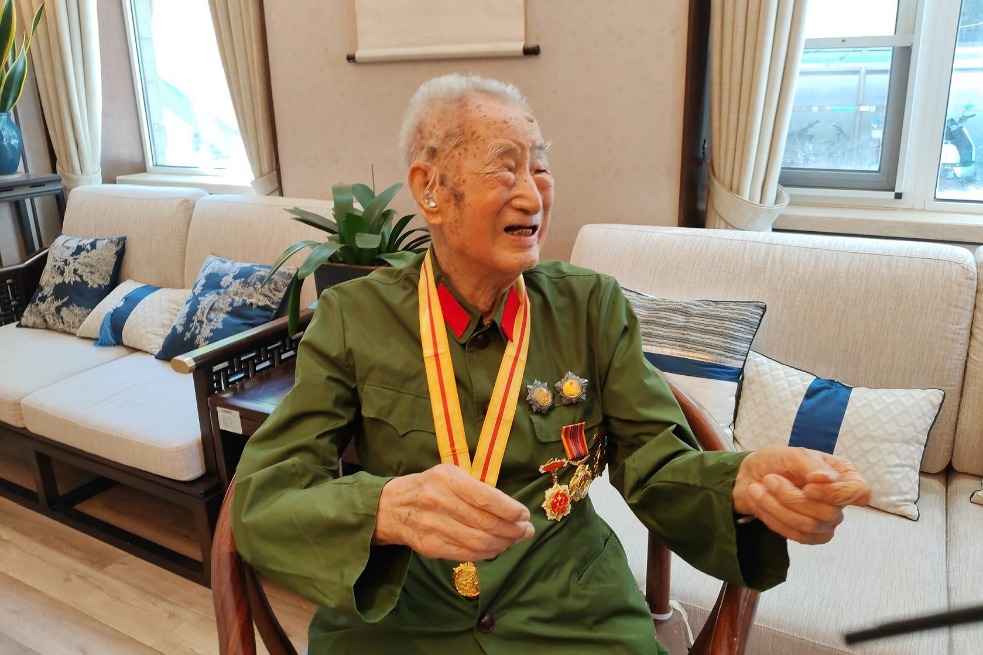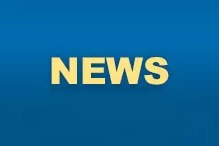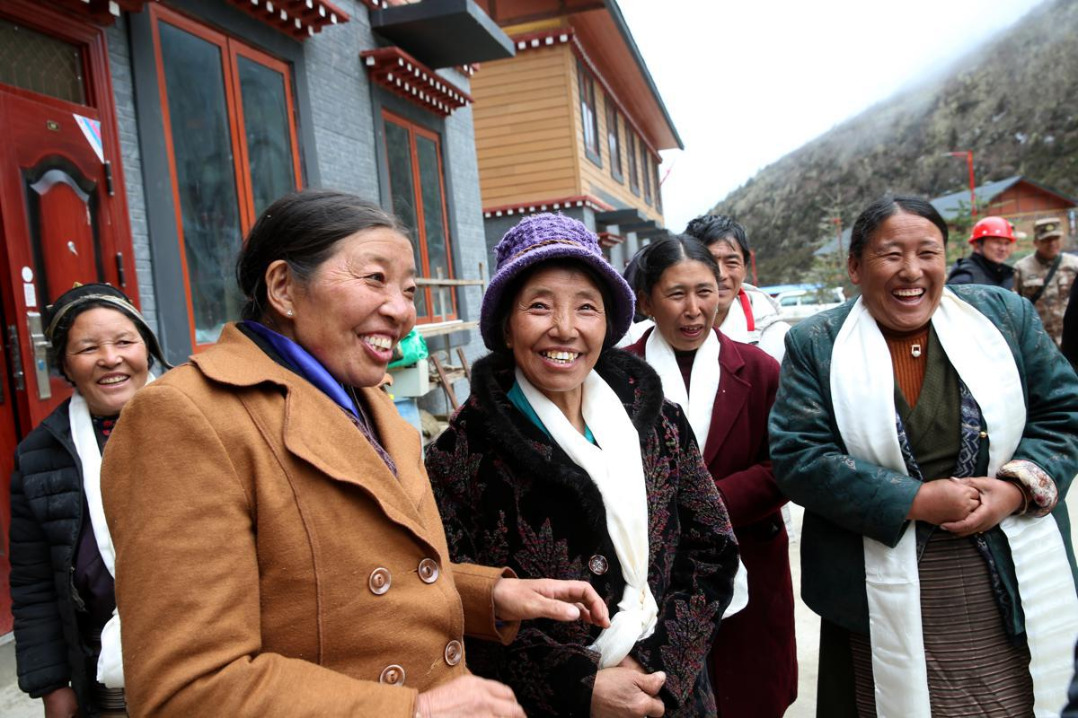Linping making rapid strides in developing green energy

As the gateway to northeastern Hangzhou in Zhejiang province, Linping district is on track to promote low-carbon or even zero-carbon development by encouraging industrial transformation and optimizing the green energy ratio, local officials said on Tuesday.
"Hangzhou is among the first batch of pilot cities for carbon peaking issued in 2023," said Dai Jin, deputy head of Linping's economic informatization and scientific technology department.
"Linping district, though the youngest district in Hangzhou, stands as a highland for intelligent manufacturing. It is also home to a State-level development zone, the Linping Economic and Technological Development Zone, providing a good basis for the intelligent and green transformation of industries," Dai said.
In addition, the consumption of industrial and civilian energy in the district has created rich scenarios and demands for the development of green energy. With the continuous development of the green energy industry, the district now accounts for nearly one-fifth of the city's green energy sector while only occupying 1.7 percent of the city's land area, he added.
He mentioned the launch of a green harbor project last year, which aims to achieve industrial breakthroughs to forge a demonstration area of low-carbon and energy-efficient application in the Yangtze River Delta.
Wang Yingjie, an official from the State Grid Hangzhou Power Supply Company, pointed out the expansion of photovoltaic power installment in the district in recent years, adding that the maximum photovoltaic power generation load has accounted for 25.7 percent of the total so far this summer.
Wang mentioned that various measures have been implemented to encourage enterprises to adjust their energy structure and adopt green energy. These include reducing peak hour grid load through demand-response measures, which involve announcing grid load gaps during anticipated times in advance and encouraging enterprises to voluntarily participate to bridge the gap by utilizing their stored energy or adjusting air conditioner temperatures. Participating companies will receive corresponding subsidies credited directly to their electricity accounts.
She also mentioned virtual power plants, which use digital technology to bundle up scattered energy sources like photovoltaic power. These aggregated energy resources can then be further traded through the State Grid by participating in the electricity market, enabling efficient utilization and optimization of distributed energy.
The province's first privately owned photovoltaic power and energy storage park is located in Linping, which not only covers the park's electricity consumption but also generates actual profits from electricity sales, according to Yao Jianyou, general manager of Genergy Technology, the company which built the park.
Leveraging the ample roof space within the park, a photovoltaic system with an installed capacity of 2,023.54 kWp (kilowatt peak) has been established. This setup generates an average of around 2.12 million kWh of green electricity annually, yielding an annual income of 1.58 million yuan ($220,000) from electricity generation, Yao said.
Zhang said that the utilization of artificial intelligence technology has also helped reduce energy waste. She cited XioLift, China's first-class intelligent elevator factory with its headquarters located in Linping, as an example. The use of robot employees has allowed the factory to dim lighting systems and enabled customized manufacturing lines to minimize energy waste.
- Leaders of SCO member states approve development strategy for next decade
- Leaders of SCO member states approve 24 outcome documents
- Leaders of SCO member states issue Tianjin Declaration
- China-Europe Railway Express (Xi'an) reaches landmark of 30,000 trips
- Hainan launches bilingual tax platform for foreign nationals
- A strong nation, a safe home





































